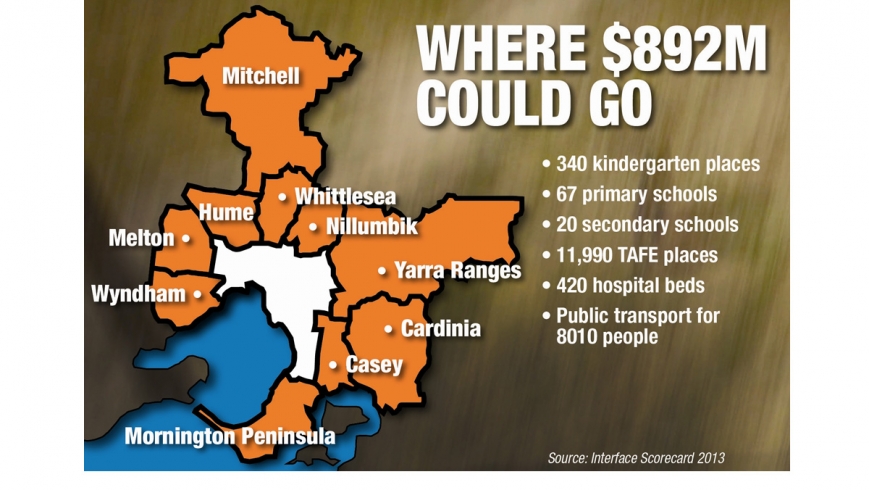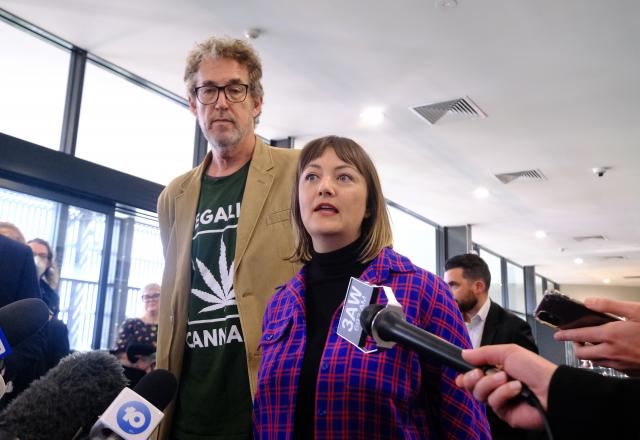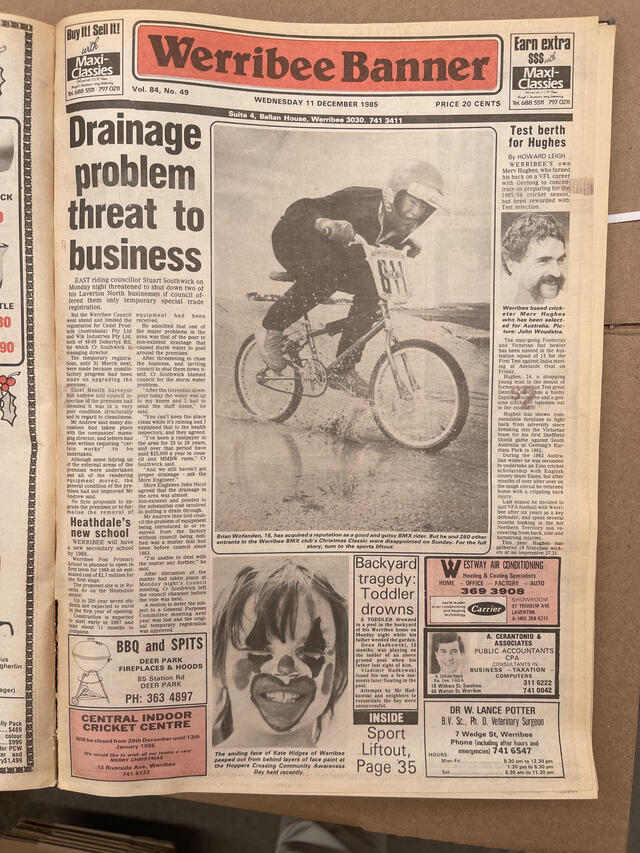GROWTH areas such as Wyndham need an extra $892 million from the state government to fund critical infrastructure and improve residents’ quality of life, a report reveals.
Interface Scorecard 2013, com- missioned by 10 councils that form a buffer ring around metropolitan Melbourne, shows that May’s state budget has compounded the disadvantage suffered by people living in growth municipalities.
Interface councils including Melton, Wyndham and Hume say that compared with other parts of metropolitan Melbourne, the government has failed to address gaps in service delivery and infrastructure.
The councils released the One Melbourne or Two? report in February, warning the government that growth areas needed $9.8 billion for infrastructure. The councils have asked the government to establish a fund similar to the Regional Growth Fund, which is a pool of $1 billion to be spent over eight years on services for municipalities in country Victoria.
Buffer areas receive $938 million over four years in the budget for schools, health care and public transport but the councils estimate they will need another $892 million.
Wyndham mayor Heather Marcus said the municipality’s main issue was the need for infrastructure before housing. “We must have the roads, schools and facilities a community needs before we have more residents.’’
Interface councils spokesman and Mornington Peninsula Shire councillor, David Gibb said growth area councils received 18 per cent of the last budget’s allocated investments despite accounting for 50 per cent of the state’s growth in the past five years.
State Treasurer Michael O’Brien said the budget funded new schools, hospitals, police stations, better roads and public transport which benefitted growth areas.







